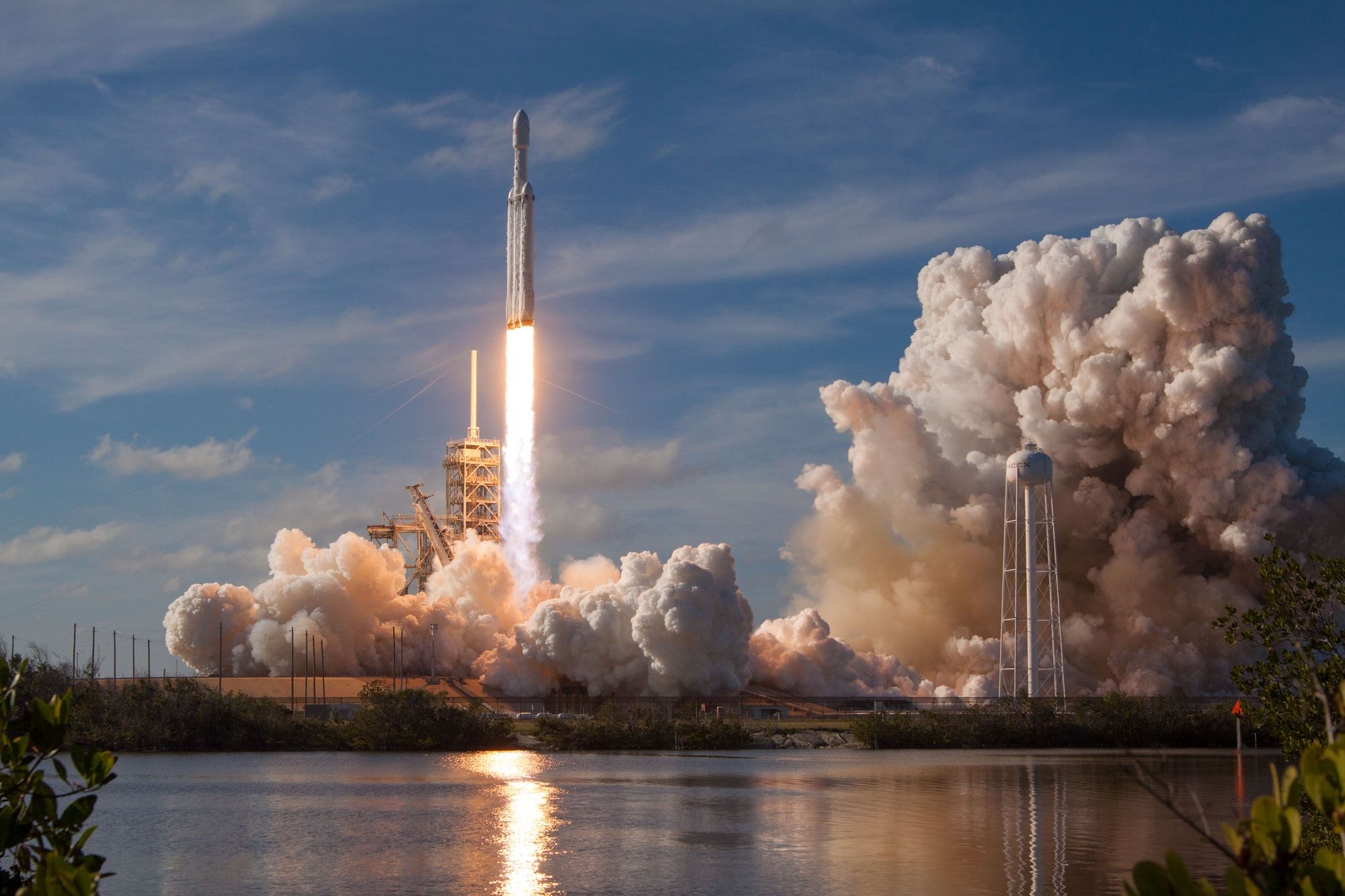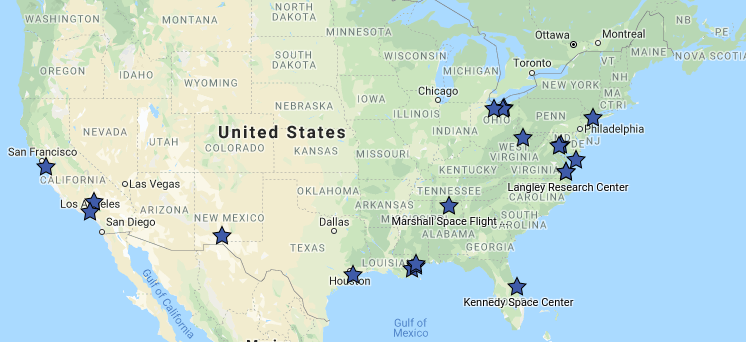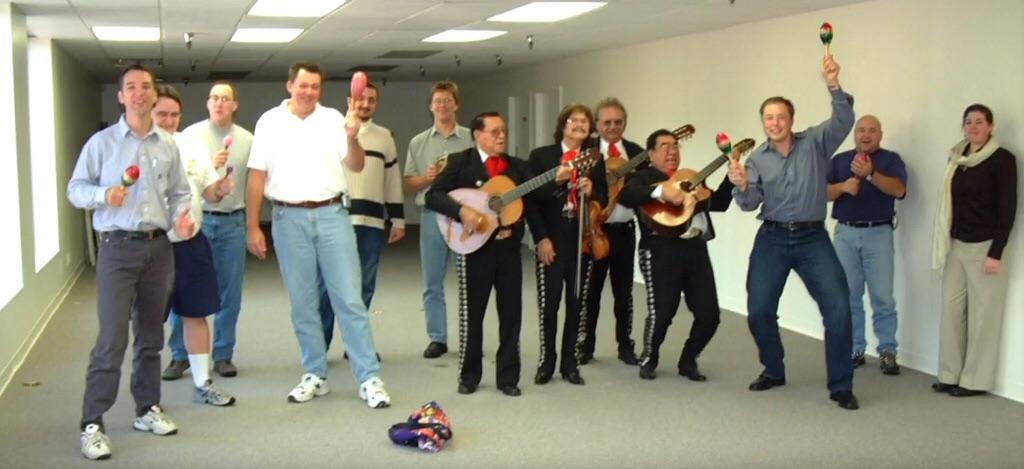Space Travel

A few weeks ago I heard about a friend driving across the coast to make an upcoming rocket launch at the Kennedy Space Center. I've lived here for a few years in Florida and yet to view a rocket launch live.
I was curious how we got to a point where SpaceX was the most popular launch provider for rockets.
So I started doing some research. Why did NASA stop being in the news? Thanks to this wonderful source - we learn this started way back in World War 2 during the era of cost plus contracting. This in simple terms was basically hiring a contractor to build something, then paying them as it was completed. When countries were racing in the space race - it made sense to go this route.
This wasn't the best method as contractors really had no incentive to work quicker. Just take longer and milk more money. So this is what led to fixed price contracting, which is basically asking contractors to bid on price and timeline. However, think about this in terms of massive rockets. Who is going to bid a couple billion dollars and then fail?
Lets skip all of that discussion and just figure out how NASA put people on the moon.

So above we have all the NASA locations and this is important because of funding. If NASA is government funded and there are multiple locations, then it makes sense for the citizens of those cities to elect officials to support funding of NASA. Since ergo funding = jobs.
Though, we aren't talking about building a little phone here. We are talking about moving engines and rockets larger than some 18 wheeler trucks. So how efficient is it to build a large piece of machinery if you have nearly 400,000 people working together through so many contractors and locations?
Who cares about efficiency though when you see things like this:
This was the STS-121 or 2006 NASA Space Shuttle to the International Space Station. After the sad disasters of Columbia and Challenger - it was great to see a succesful NASA launch.
Though, it looked dated in the 2000s and held up by various government related things. The military wanted to keep the bulky design to continue to house large satellites while congress didn't want to spend more money than needed to make the rockets re-usable.
With the funding of NASA down to 0.48% of Federal budget, there was a chance for privatized space travel to succeed. That is not entirely the reason, because in the late 1990s the United States passed the Space Act which basically pushed commercial industries to push into space.
So enter SpaceX, which was founded by Elon Musk. These guys took rocket building to the next level by building their own engines, computers and even the aircraft itself.
So imagine instead of contracting Boeing to make {something}, you can just walk down the hall and talk to a team about doing something different to make your engine or computer smarter or safer. Additionally, instead of a slow waterfall process of building, why not instead opt for agile development iterating in weeks instead of months. This is exactly what SpaceX did as well as inviting the public to watch.
So SpaceX goal was simple - make rockets re-usable by allowing them to re-land after use. This is huge, because it was expensive to send things into orbit. However, it took SpaceX a great deal of failures (as shown above) before they launched the Falcon Heavy with 3 boosters re-landing.
This was going to be a huge step for the company as this rocket would rival in the top 5 launches alongside NASA and Russian rockets. What was different about this launch though was the 3 boosters attempting to land:
- two in tandem on land (boosters)
- one landing on a drone controlled water pad (core)
So I'm going to link a 1 minute and 50 second video. If you never seen this, I highly recommend to watch this. It just makes being a human feel good from all the decades and contributed knowledge to get to that point.
Hurling enormous rockets into the air and landing them back in under 10 minutes. Just absolutely blows my mind, because I can't even cook a frozen pizza in that time. The crowd noise just helps build the atmosphere for this amazing feat.
So the next time you hear about an upcoming launch - take a viewing. This isn't every day things.
So I'll leave you with a photo of SpaceX in 2002.

